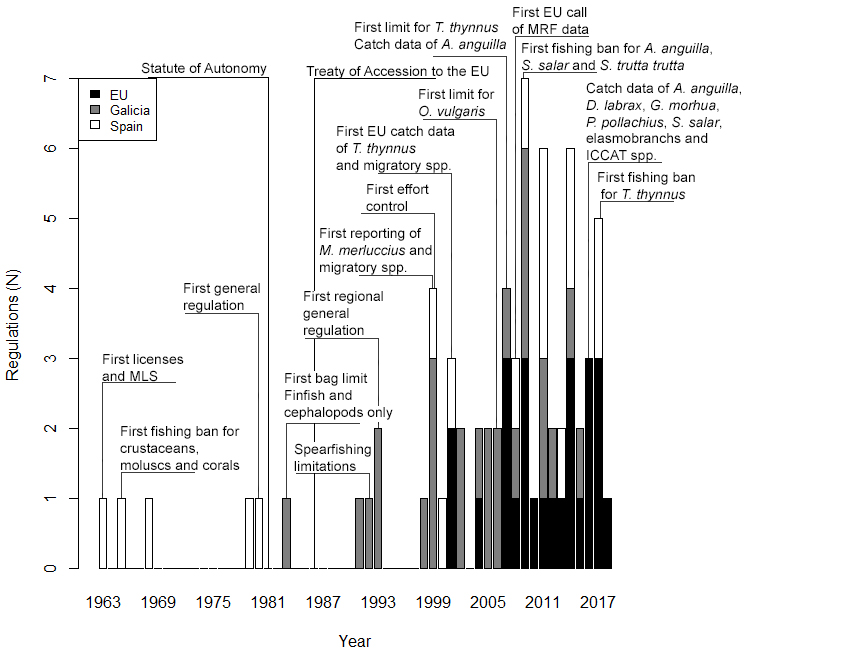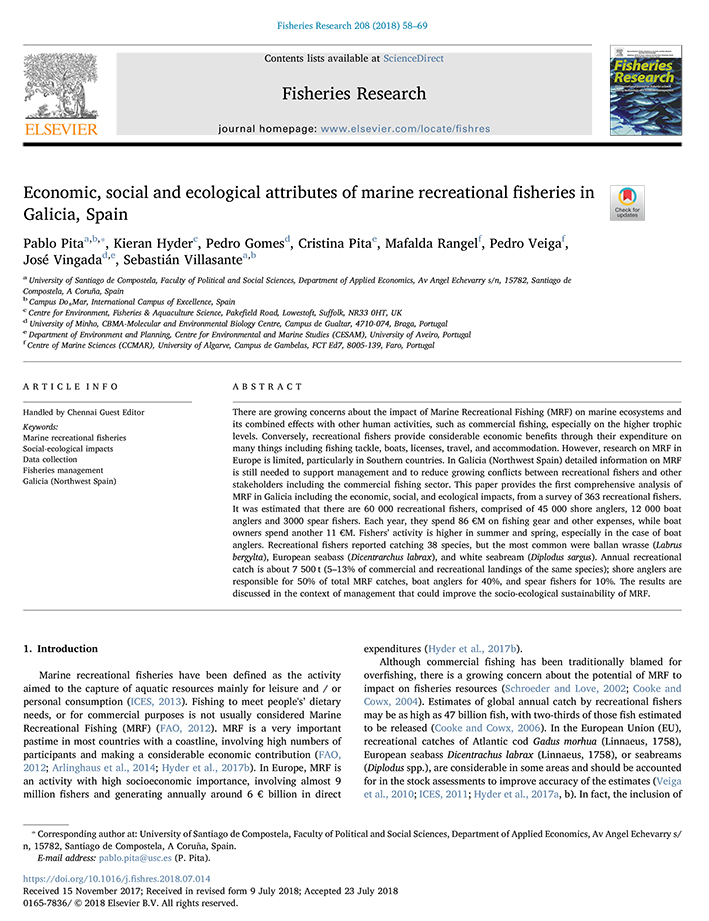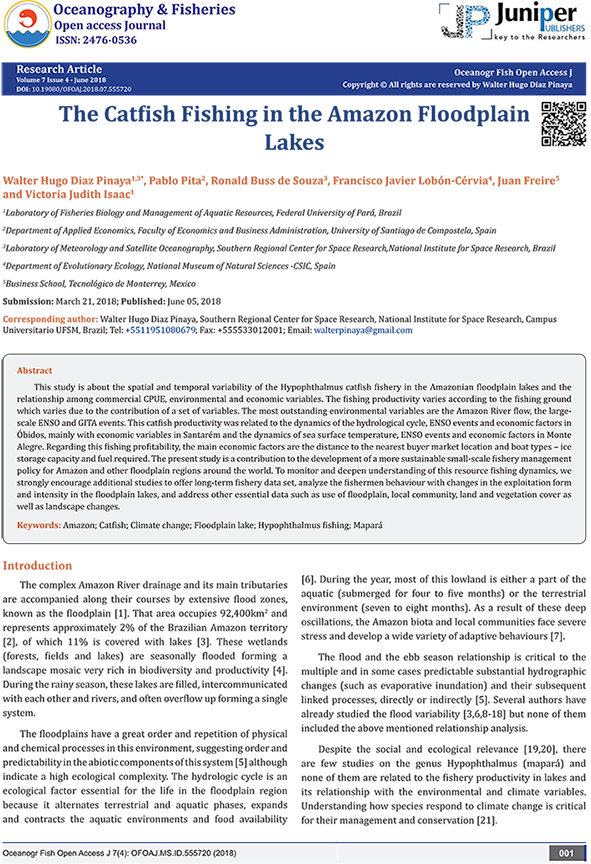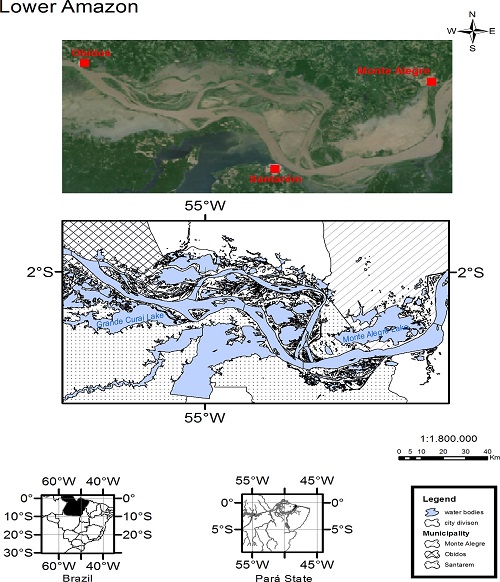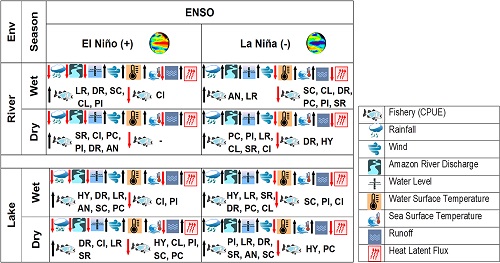Acaba de publicarse nuestro artículo sobre la pesca marítima recreativa en Europa. La revista es Fish and Fisheries y es de acceso gratuito:
Recreational sea fishing in Europe in a global context—Participation rates, fishing effort, expenditure, and implications for monitoring and assessment
Abstract
Marine recreational fishing (MRF) is a high-participation activity with large economic value and social benefits globally, and it impacts on some fish stocks. Although reporting MRF catches is a European Union legislative requirement, estimates are only available for some countries. Here, data on numbers of fishers, participation rates, days fished, expenditures, and catches of two widely targeted species were synthesized to provide European estimates of MRF and placed in the global context. Uncertainty assessment was not possible due to incomplete knowledge of error distributions; instead, a semi-quantitative bias assessment was made. There were an estimated 8.7 million European recreational sea fishers corresponding to a participation rate of 1.6%. An estimated 77.6 million days were fished, and expenditure was €5.9 billion annually. There were higher participation, numbers of fishers, days fished and expenditure in the Atlantic than the Mediterranean, but the Mediterranean estimates were generally less robust. Comparisons with other regions showed that European MRF participation rates and expenditure were in the mid-range, with higher participation in Oceania and the United States, higher expenditure in the United States, and lower participation and expenditure in South America and Africa. For both northern European sea bass (Dicentrarchus labrax, Moronidae) and western Baltic cod (Gadus morhua, Gadidae) stocks, MRF represented 27% of the total removals. This study highlights the importance of MRF and the need for bespoke, regular and statistically sound data collection to underpin European fisheries management. Solutions are proposed for future MRF data collection in Europe and other regions to support sustainable fisheries management.
